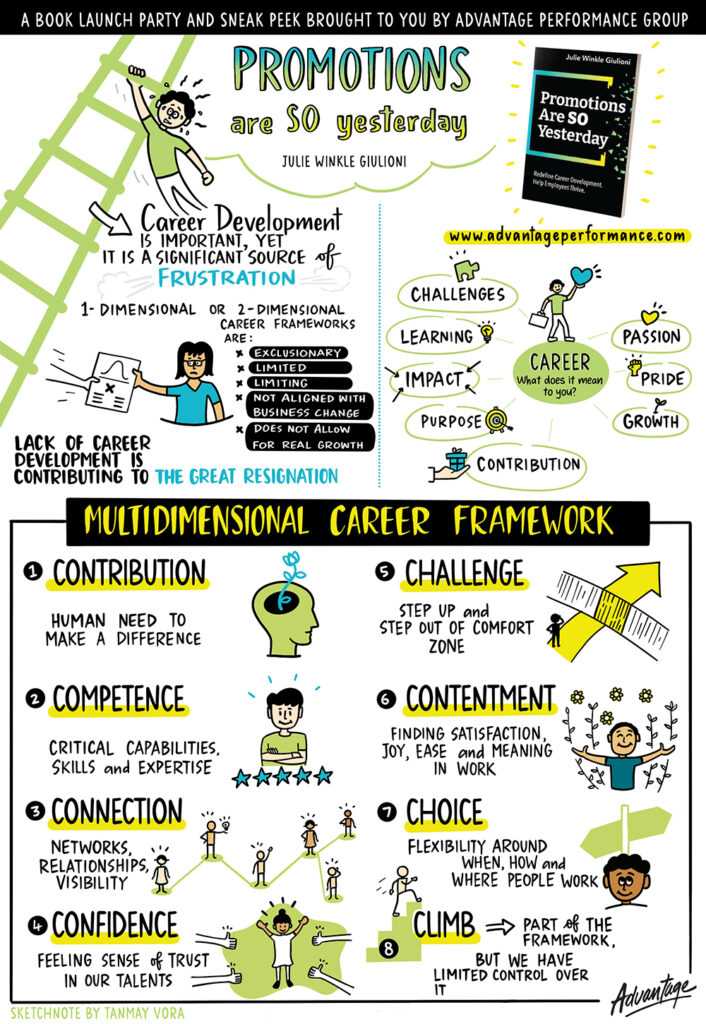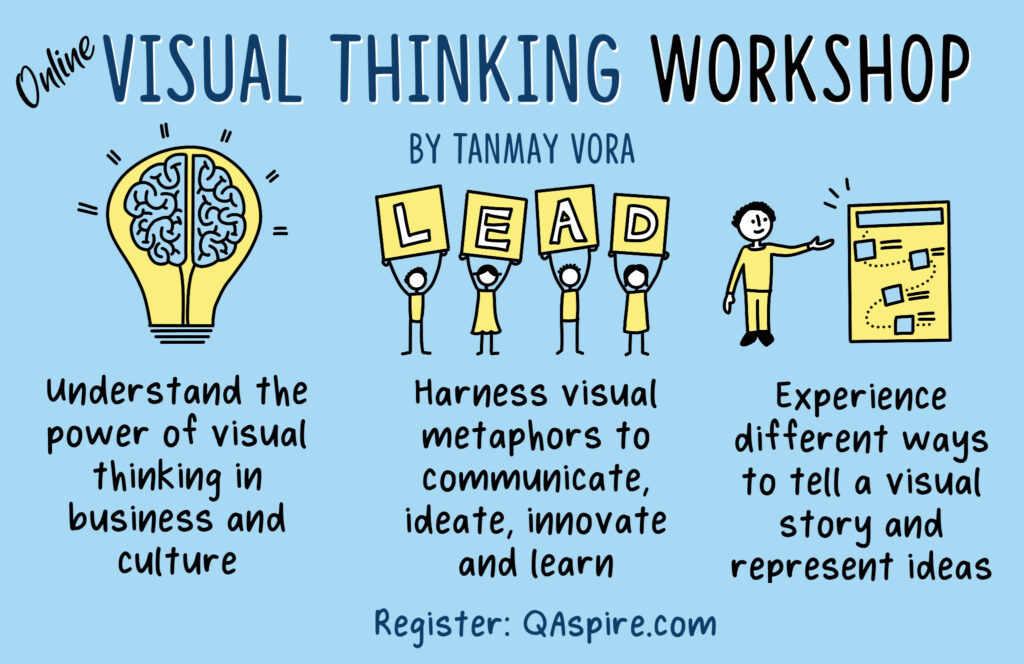Enabling Growth: Promotions Are So Yesterday
Human beings are multi-dimensional. Their career growth can no longer be governed by uni-dimensional career ladders. New age leaders have to adopt a multi-dimensional approach to helping people grow.
Tanmay Vora
As attrition soared amidst pandemic, companies had to initiate short term measures to retain their best talent which included tactics like special salary hikes, off-cycle pay outs, work-from-anywhere options and offering special learning opportunities.
At a strategic level, even when most companies acknowledge the need for building people-centric cultures, the legacy mindset and systems that many large companies have in place stifle that intent. Structures built for helping people grow end up suffocating them. That’s because aspiration for growth, unlike career paths (ladders), may not always be linear.
Consider this story from my own experience:
Jay was bright software engineer who was stuck in maintaining a legacy product for over 5 years. He was looking for growth in a complex maze of managerial biases from his team lead, stringent organizational processes and many other constraints.
One day he approached me (a skip level meeting) requesting a short conversation. Such impromptu conversations were my opportunities to listen, understand and help people see possibilities in a new light. That day, Jay wanted to explore the ways he can grow in his career.
After listening to his side of the story, I got up and drew a mountain on the whiteboard. I asked him, “Do we climb this mountain in a straight line?”. He was prompt to respond, “No, that would exhaust us. We climb our way up through the winding roads with sharp turns.”
I left him with a few simple questions to reflect on:
-
“What if your career is that mountain you want to climb? What sharp turns (risks) could you take that will challenge you and expose you to radically new learning – within your own function or other functions in the company?”
-
“What skills can you build to complement and elevate your technical skills?”
-
“What areas are you truly passionate about where you can and want to make a bigger difference with your current/new skill set?
After about 6 months, we floated an exciting internal opening for a challenging role in a new function that demanded a very steep learning curve. The stakes were high, but so was the possibility of growth. Jay applied for that role – a sharp turn from his current profile and past skills. Those open questions I left him with seemed to have worked.
What followed was the journey of coaching him through the transition, ensuring that he has enough room to learn, adapt and make a difference. In less than six months after the transition, he kick-started new initiatives, retooled himself and built a team of four people around him that he led. Promotion, reward and recognition followed his great work, and not the other way around. He did not have to ask for promotion because he deserved it through his work.
Leaders have a responsibility to contextualize career growth for people in their team based on a combination of business needs, individual drivers of performance, blend of their skills and their growth aspirations.
Listening to people and understanding them through formal and informal interactions go a long way to building trust and helping people grow meaningfully.
Promotions Are So Yesterday – A New Book by Julie Winkle Giulioni
Julie Winkle Giulioni is a champion for workplace growth and development. She has written a new book titled “Promotions Are So Yesterday” that was launched earlier this month. I was thrilled to be invited to the book launch party. It was a rich discussion on workplace growth and development for the times we live in.
The book offers new perspectives on employee development through an easy-to-apply, research-based multidimensional career framework. The framework features seven alternatives to promotions – contribution, competence, connection, confidence, challenge, contentment, and choice – all of which offer powerful ways to grow that, unlike promotions, are completely within a manager’s and employee’s control.
I captured the essence of the key note address and subsequent discussion in form of a sketchnote. Here is a short summary:

Related Posts at QAspire
- Designing Our Work: 5 Factors That Drive Job Satisfaction
- On Disrupting Yourself
- Leading the Self in Tough Times: Drucker Revisited
- Leading in Difficult Times: Coaching with Compassion
- Reinventing Career in Disruptive Times
Visual Thinking and Sketchnote Workshop – April 2022
We engage more of our working memory capacity when we combine text with visuals. This leads to better connection with ideas, clearer comprehension and better recall. Enroll today in this immersive workshop to learn about how to leverage the power of visual thinking to collaborate, create, learn and solve.
